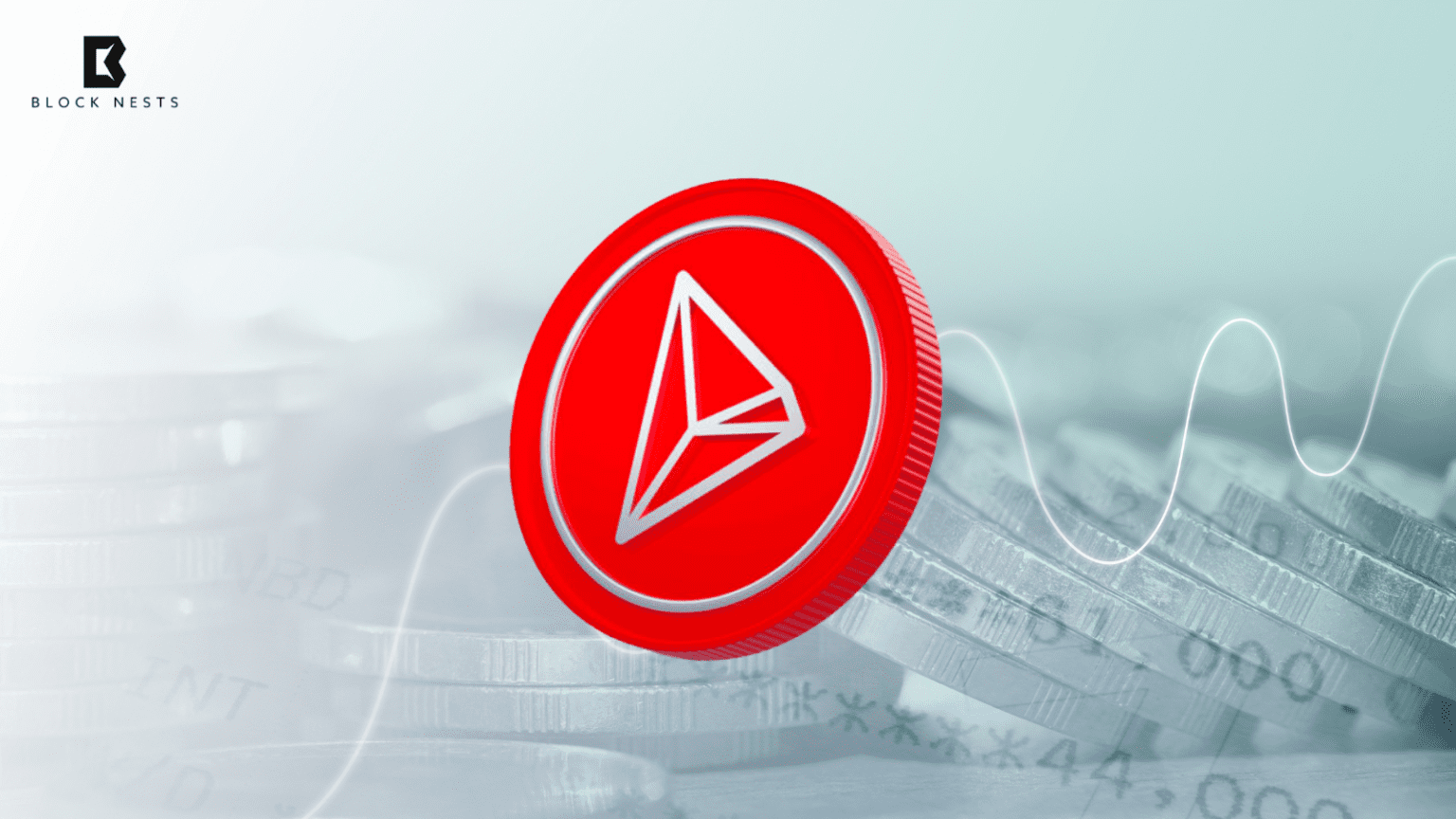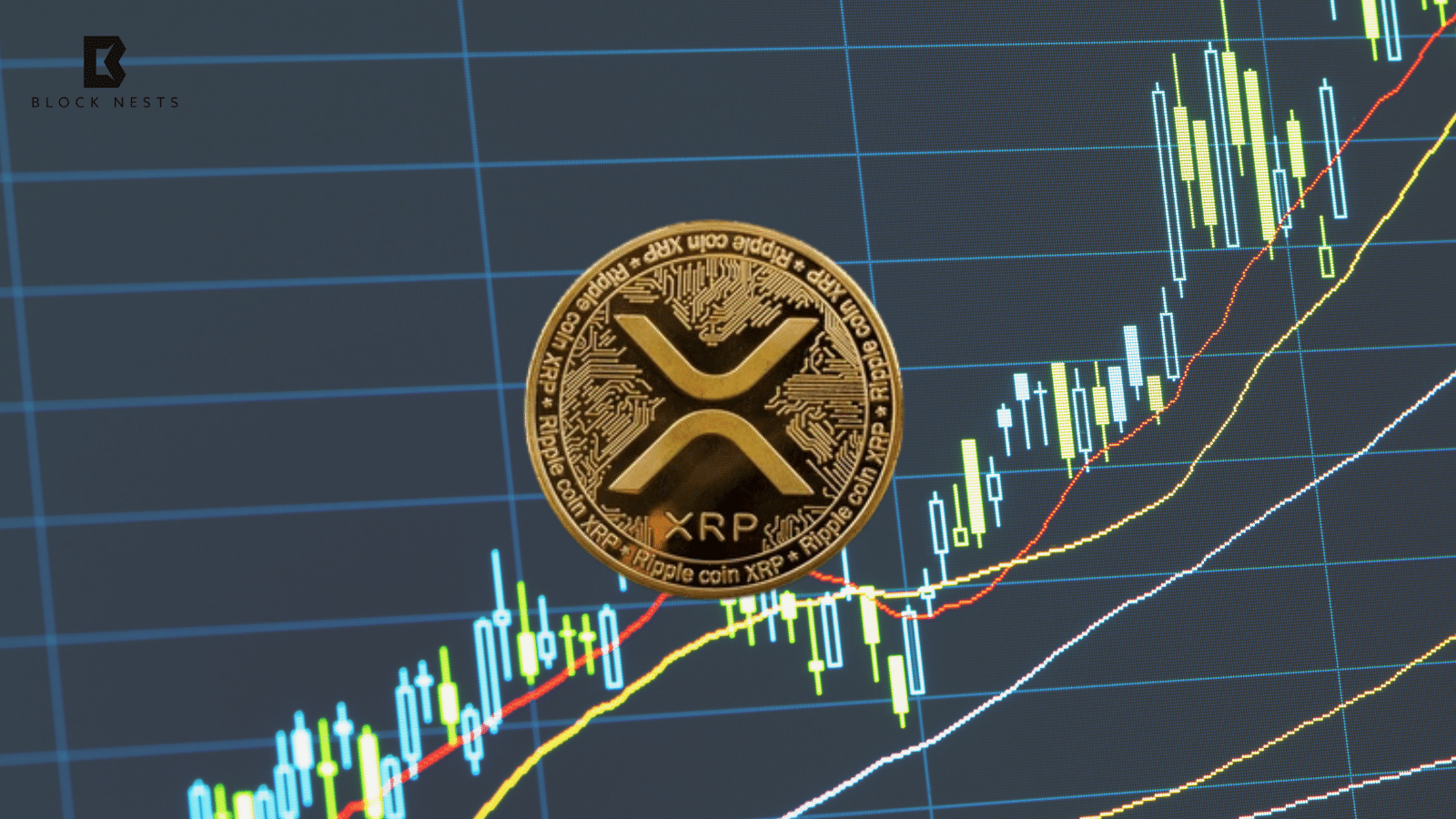- Ethereum proposes halving block time to six seconds for faster transaction confirmations and improved user experience.
- Shorter block times would enhance Ethereum’s DeFi ecosystem, reducing inefficiencies and trading fees.
- The proposal may challenge validators with slower connections and increase network congestion, requiring extensive testing.
Ethereum developers have come up with a radical initiative to decrease the block time of the network to six seconds. The change is described in Ethereum Improvement Proposal EIP-7782 and will be adopted as part of the Glamsterdam update in 2026. The aim is to increase the performance of transaction confirmation and the user experience to make Ethereum faster and more efficient for every user.
The initiative, formally put forward by Ethereum core developer Barnab de Monnot on June 21, 2025, will reduce the slot time, the frequency at which new blocks are generated. With this interval shortened, Ethereum may validate transactions faster, resulting in an improved experience for both accounts of regulator users and decentralized applications (DApps). The readjustment would also boost the economic value of Ethereum, depending on boosting its core functions as a settlement and confirmation layer.
Reducing Subslot Timings
The proposal implies shortening important subslot timings in order to accelerate the processes. The block period would be decreased to 3 seconds instead of the normal four, and attestation and aggregation times will be decreased to 1.5 seconds. The target is to reduce the time of the whole process by 6 seconds, eventually reducing the block time by half. This suggestion was originally developed back in October 2024 and is currently being evaluated as part of the 2026 Glamsterdam update.
The speedier transaction inclusion would be one of the main advantages of shorter block times. DApps and Ethereum wallets would be updated at a more frequent pace, and make the network more responsive. The overall experience of users on Layer-2 networks of Ethereum would also improve with such changes. And taking advantage of faster updates of the information.
Ethereum’s Network Efficiency
However, the proposal is essential to the Ethereum decentralized finance (DeFi) ecosystem. It would allow updates of prices on decentralized exchanges (DEXs) faster by decreasing block times. While, the shift may reduce inefficiencies, make arbitrage trading more complex. And it may drive the trading fees down and improve liquidity in the Ethereum-based markets. Which benefits the traders and investors alike.
The stricter time parameters may cause problems for those validators who have slow or unreliable connections. The plan would also result in increased bandwidth needs and network overload, particularly during rush hours. The changes will require a substantial amount of testing to avoid the adverse effects on network stability. And smart contract capabilities.
The Glamsterdam update, still at a pre-design phase, is concerned with gas efficiency and its general protocol performance. With these modifications, Ethereum intends to grow quicker, cheaper, and more effortless. As it once more exemplifies its place as a dominant blockchain network.
How would you rate your experience?






